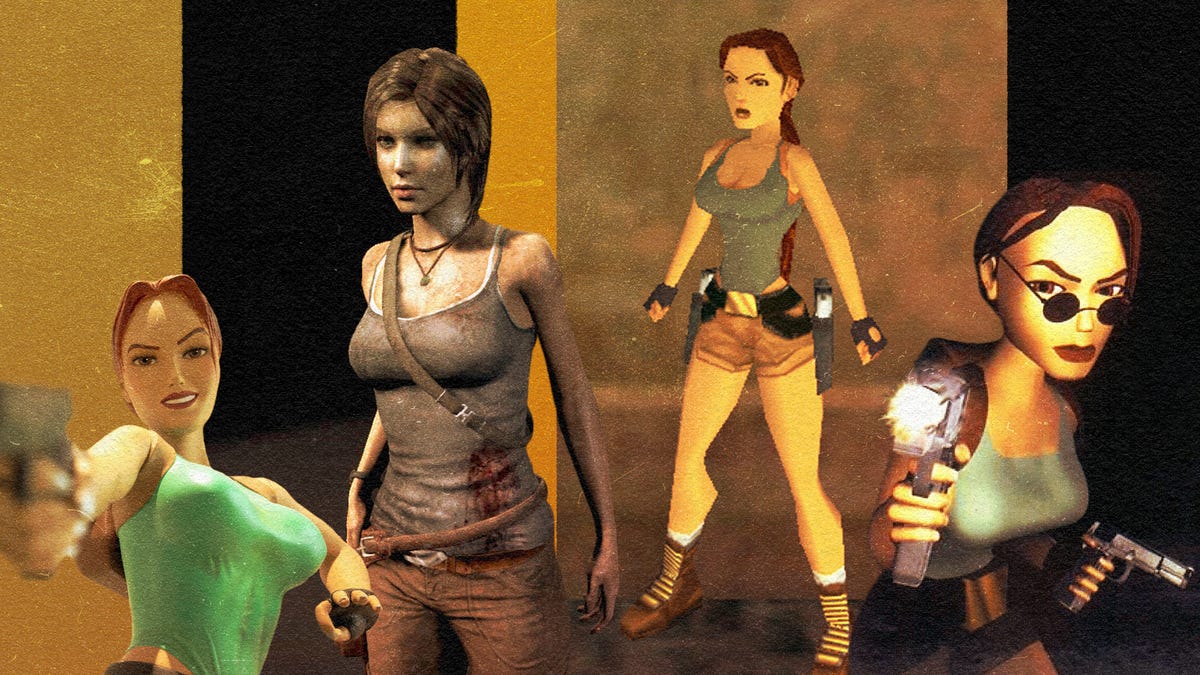
"We take Tomb Raider for granted now," says Margaret Robertson, games editor at Edge magazine, the video-games bible.

That's to say it's the follow-up to a vastly original debut whose resonance has far exceeded the author's expectations resonance made all the more exceptional by the substantial amount of time taken for any sort of sequel to appear. It's not too silly an exaggeration to say that, in the computer-games industry, Galleon is the equivalent of Donna Tartt's The Little Friend or the Stone Roses's The Second Coming.

Her birthday, incidentally, is 14 February.) The introductory pamphlet that came with the original game explains that Lara is the daughter of one Lord Henshingly Croft. I'll make the bad guys all American and the lead character female and as British as I can make her.'' (For a while, Lara was Laura Cruise, until that was deemed insufficiently British. So I thought, 'Ah, I know how to fix this. Those were the rules coming down from the marketing men. The rules at the time were: if you're going to make a game, make sure the main character is male and make sure he's American, otherwise it won't sell in America. Anyway, she was supposed to be this strong woman, this upper-class adventurer. "Lara was based on elements of Indiana Jones, Tank Girl and, people always say, my sister," says Gard. He quit Core two months after the game was released. The biggest video-game icon since Pac-Man, Croft has netted Core Design in excess of £400m. She even released a pop single, produced by the dreaded Dave Stewart.

She featured on the covers of style magazines. She became the subject of highbrow-goes-lowbrow cultural essays. She appeared on stage with U2 during their Pop Mart world tour. But Lara Croft became an emblem beyond the insular video-gaming world.


 0 kommentar(er)
0 kommentar(er)
